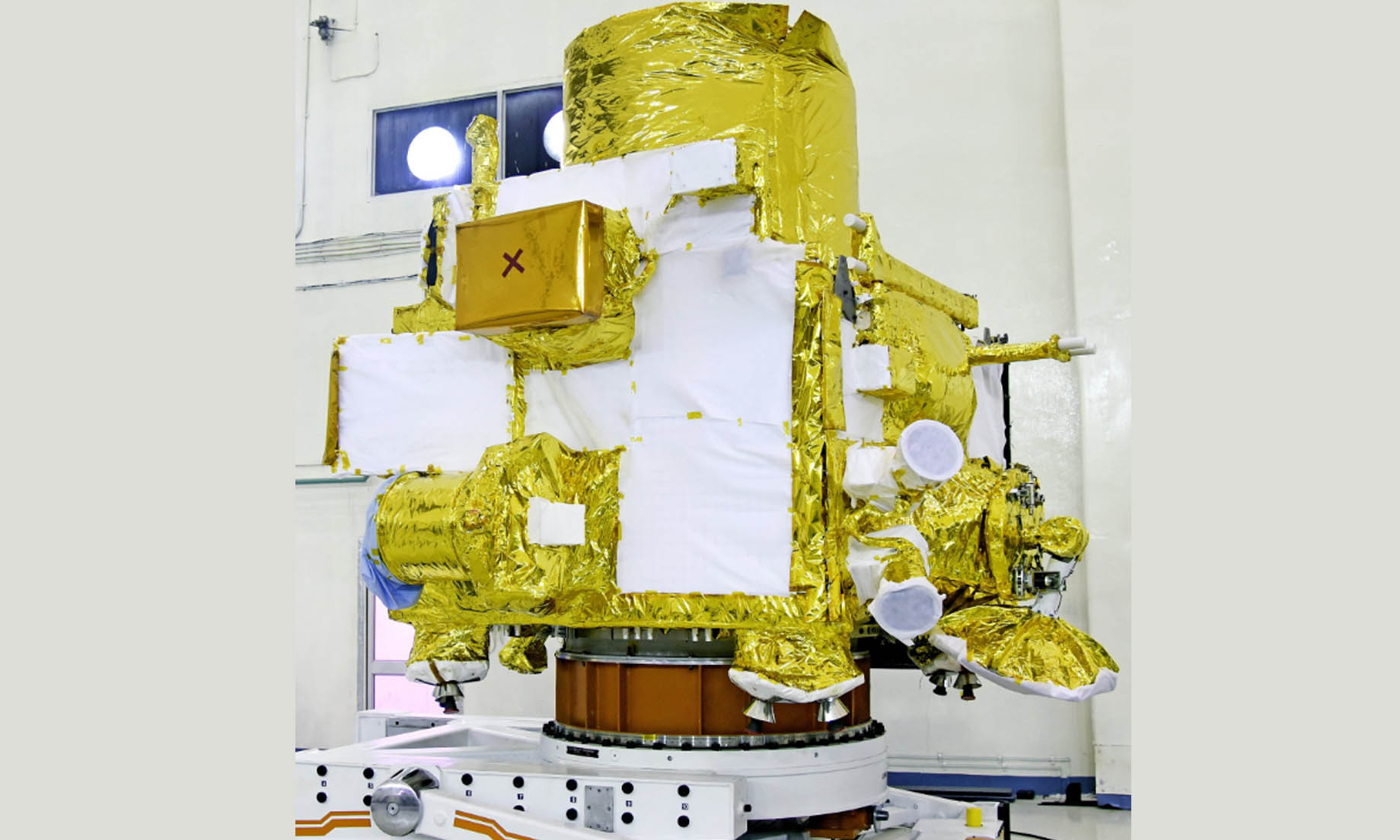NEW DEHLI, July 14 (NNN-AGENCIES) – India is set to launch its second unmanned moon mission on Monday when it will send a rover on the uncharted lunar South Pole – a giant leap with a relatively low-cost budget in its ambitious space program.
The Indian Space Research Organization will launch an indigenously-built spacecraft at 2.51 am on Monday. The craft has a lunar orbiter, lander and a rover. The lander will carry a camera, a seismometer and a thermal instrument. It is expected to land on the moon between Sept.6 and 7.
The mission, Chandrayaan-2, is to collect samples from the unexplored South Pole of the moon and know about the mineral composition of the satellite and search for water.
It would carry out the exploration of the lunar surface for about 14 days, during which it will cover some 500 meters. The probe will remain in the lunar orbit for little more than a year.
If successful, India will join an elite club of nations after the United States, Russia and China to land a rover on moon’s surface.
Senior Fellow in the Institute for Defense Studies and Analyses, Ajay Lele told EFE that the mission is one of the most complicated to be ever taken by India’s space agency, ISRO.
“This is really a test for India” that comes as a “bit delayed mission,” Lele said.
The spacecraft was made with home-grown technology, according to the space agency, and not with Russia’s help, as initially expected.
India’s first lunar mission, Chandrayaan-1, was carried out in 2008. The second part was initially expected to be launched soon after but took more than 10 years to be completed.
However in 2013-14, India put a satellite into orbit around mars in the country’s first interplanetary mission.
The Indian space agency had a budget of some $1.32 billion in 2017-18 as compared to NASA’s $19.5 billion in 2019.
Despite its limited resources, ISRO has carved a name for itself in the global space race.
Its moon and mars missions, as well as communication satellites and remote sensing technologies have made many countries chose chosen the Indian space agency to launch their satellites.
The space agency in February launched a group of 104 satellites into space within 18 minutes. This put the country as a key player in the commercial map of space-based surveillance and communication.
According to Lele, the ISRO’s success has helped India master the “science of cyclone predictions”. This helped in preventing large-scale death and destruction due to such disasters.
ISRO’S aim is said to be purely scientific. However, the attention towards moon’s mineral content betrays claims like that amid fears that other global space powers could exploit these resources for their energy needs.
“The major countries in the world have started looking at (moon and mars) especially because of the availability of minerals. We are finishing the minerals on the earth surface and we need to find a location where we can find (mineral resources).
“It is not going to happen today or tomorrow, maybe after 30 or 40 years, or even 5 to 6 decades. But if you don’t start today, it is of no use,” Lele said.
ISRO’s second mission to the moon is part of a much wider program to make India major global power of satellite launches, putting astronauts in space by 2022 and build its own small space station.
With this objective, the second lunar mission is a natural progression for India which comes under the wave of renewed interest for the moon, ORF expert Rajeswari Pillai Rajagopalan told EFE.
“(US President Donald) Trump coming and saying that we have to come back on the moon, and then of course, China landed on the far side of the moon, and that is another major achievement that no other major country has done…India is looking to land in another area where nobody has gone so far.”
Rajagolapan said there was a sense of global competition with a good mix of pride and prestige as well although “if you ask any of the officials at ISRO they will not say that”.
The same is true for the re-elected Prime Minister Narendra Modi, she said.
Modi’s nationalist government has shown off the country’s prowess in security and technology as a sense of pride for India. He has been fast to capitalize on the success of several of ISRO’s missions since he came to power in 2014.
One of the latest examples of this was in March, during the election campaign. In a live address to the nation, Modi announced the success of a missile system that could take down satellites.
NNN-AGENCIES






